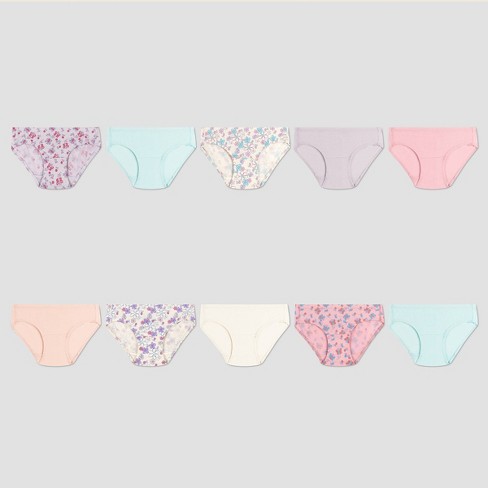And nothing she needs”: Victoria's Secret and the Gaze of “Post-Feminism”

A study of the Victoria’s Secret catalogues, which frames the period 1996-2006, reveals that the models’ poses and postures manipulate the formulaic gaze of objectification with seemingly empowering themes. Instead of the indeterminate, averted looks that Berger (1972) and Mulvey (1989) considered in their analyses, the more recent versions of Victoria’s Secret photographs confront viewers with pouts, glares, and stares of defiance. In this essay, I contribute to current conversations regarding mixed messages that concern post-feminism and third-wave feminism (Duffy, Hancock, & Tyler, 2017; Glapka, 2017; McAllister & DeCarvalho, 2014; McRobbie, 2009). In this regard, the Victoria’s Secret catalogues constitute an important artifact of the turn of the 21st century decade, one which saw the rise of so-called “raunch culture” and increasing depictions of hyperfemininity and hypersexuality in popular and celebrity culture (Donnelly & Twenge, 2017; Renninger, 2018; Scott, 2006, 2010; Zaslow, 2018).

PDF) Editorial: Feminist Research Dismantles Power Structures and Builds Equitable Platforms

PDF] Masculine and feminine traits in Cinderella and Ever After

English 103 Multimodal Project Annotated Bibliography, PDF, Feminism

PDF) A Waif's Progress: Reading Kate Moss through affect, ideology, and ambivalence

PDF] Masculine and feminine traits in Cinderella and Ever After

DOC) Commodification of Femininity Under the Neoliberal & Postfeminist Lens: Final Essay Katie Budd -500506439 CSOC633: Sex, Gender Identities, and Sexualities

Victorias Secret Does It Again Cultural PDF, PDF, Victoria's Secret

Marc OUELLETTE, Professor (Associate), Doctor of Philosophy, Old Dominion University, Virginia, ODU, Department of English

PDF) Defining Female Empowerment in Advertising – Case study on Victoria's Secret

DOC) Miranda Kerr From Wikipedia, the free encyclopedia











